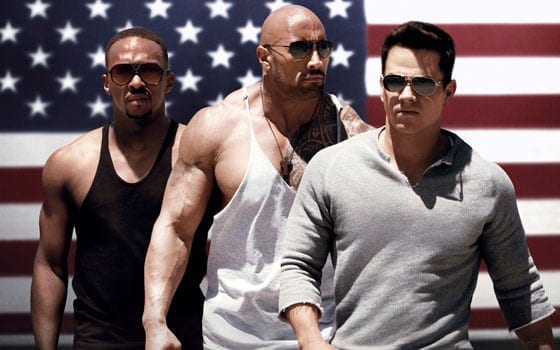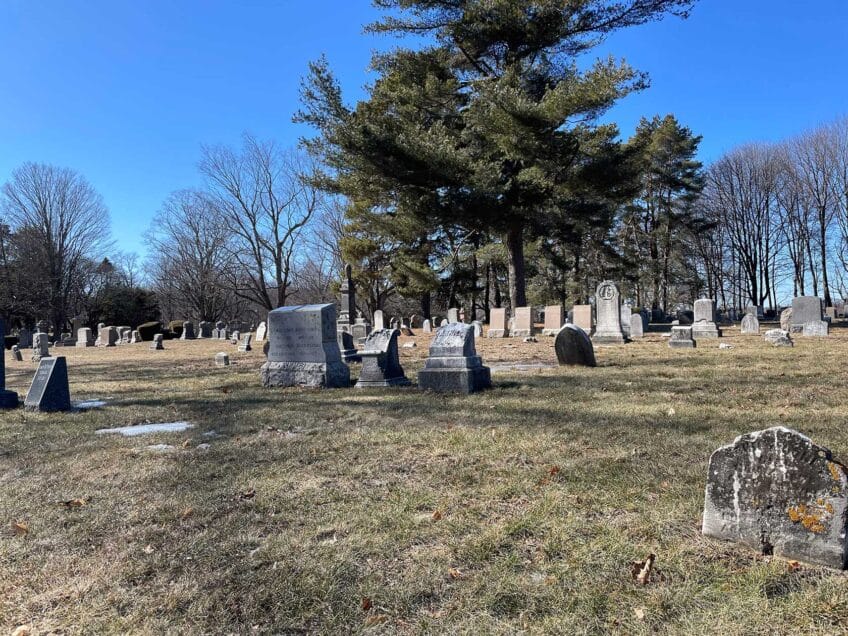

Anthony Mackie stars in the Michael Bay-directed ”Pain and Gain” with Mark Wahlberg and Dwayne ”The Rock” Johnson.
Born in New Orleans on Sept. 23, 1979, Anthony Mackie attended the Julliard School of Drama. He was discovered after receiving rave reviews for playing Tupac Shakur in the off-Broadway play “Up Against the Wind.”
Immediately following, Anthony made an auspicious film debut as Eminem’s nemesis, Papa Doc, in Curtis Hanson’s “8 Mile.” His performance caught the attention of Spike Lee, who subsequently cast him in “Sucker Free City” and “She Hate Me.” He also appeared in Clint Eastwood’s “Million Dollar Baby” and Jonathan Demme’s “The Manchurian Candidate.”
Anthony appeared in five films in 2006: “We Are Marshall,” “Half Nelson,” “Crossover,” “Haven” and “Freedomland,” starring Samuel L. Jackson.
Besides an impressive film career, the gap-toothed thespian has performed both on and off Broadway, making his Broadway debut as the stuttering nephew, Sylvester, alongside Whoopi Goldberg in “Ma Rainey’s Black Bottom.” He was later seen as the lead in Regina King’s modern retelling of Chekov’s “The Seagull,” in Stephen Belber’s “McReele,” and in the Pulitzer Prize-winning “A Soldier’s Play.”
Here, he talks about his new movie, “Pain and Gain,” a fact-based crime comedy co-starring Dwayne Johnson and Mark Wahlberg.
What interested you in “Pain and Gain”?
It was the script. I was really psyched about Michael [Bay, the film’s director] doing a story with three-dimensional characters like these who you could really delve into to see what makes them tick.
A Michael Bay flick with that trademark action as well as some complex character development. It almost felt like I was watching a new genre of film.
That’s what made me so happy about it. When he explained to me what he was trying to do with this movie, it was something that I felt was right up my alley and that I wanted to be a part of.
How would you describe your character, Adrian? Are you anything like him in real life?
[Chuckles] That’s funny! No, I’m not anything like him at all. The thing that I enjoyed about doing Adrian was that he never backed down. He admired Daniel [played by Mark Wahlberg] so much and just wanted his friend to succeed. And he also wanted to achieve The American Dream.
I saw you on several talk shows over the last couple of weeks, and between being pumped up from the weightlifting and the way you trash-talked like you were shot out of a cannon, you seemed almost like a different person, or as if you were still in character.
[Laughs] I really enjoyed this character and talking about him. I’m lucky because I get to do projects I like and believe in. And it’s exciting to see people react positively to your work, to something you’ve invested so much time and so much of yourself into.
How much time did you devote to the exercise regimen to get yourself in such great shape?
About four months. I worked out for six weeks before we started shooting, and then every day on location. To get in shape like that involves a whole lifestyle change. It’s not just going to the gym. It’s also eating and sleeping differently, and spending your time differently.
I heard that you and Mark Wahlberg even trained together.
Yeah, we worked out together every day, once we arrived on set. I think that’s why we subsequently became such good friends. He appreciated the fact that I wasn’t taking this opportunity lightly, since he’s not the type of person who takes the stature he’s achieved for granted. He’s a leader and a hard worker. He liked my dedication to the project, which was reflected in how I accompanied him daily to the gym to push it as hard as we could.
You’re obviously comfortable on stage and also doing great work on screen. How do you approach each as an actor?
Stage and screen are completely different. Stage is like a marathon. It’s more of a physical muscle because you have to do eight shows a week. With a movie, you do it once, it’s in the can, and you move on. On the stage, you have to recreate that moment every night. You have to figure out a way, mentally, to find yourself in the same place every performance. You have to believe that whatever’s happening in that world is actually happening every night, whereas with film you just have to believe it once before you move on.
So, stage is really difficult but, at the same time, it’s much more gratifying than film. So many people have a hand in your screen performance whereas, when you step on the stage, no one tells you what you can and can’t do.
It seems to me like the film actually has a message about the growing distance between classes in America. Or am I asking too much from a spring blockbuster?
I think the movie deals more with The American Dream, and the skewed perception of it in our generation. The idea used to be that you worked hard to achieve more. Now, it’s “Do as little as you can to achieve as much as you can.”
You have played Tupac Shakur twice, once off Broadway, and also in the film “Notorious.” Did you listen to a lot of his music growing up?
Definitely! The very first CD I ever owned was a Tupac CD. He’s one of my all-time favorites. I have every CD and bootleg CD of his. He was a huge inspiration of mine. Since my parents didn’t allow me to hang out on the streets as a child, my way of experiencing the streets was by listening to Tupac.
I loved your performance in “Desert Flower,” which brings to mind this saying: “There are no small parts, only small actors.”
I agree. That’s one of the reasons I did “Desert Flower.” I feel very strongly about that picture’s subject-matter [female circumcision]. So, I did the film even though I knew I wouldn’t get any fanfare or recognition from it, because its message was important to me.
Did you meet naysayers before your first big break as an actor? There are people who do not give themselves permission to pursue their dreams. What advice do you have for them?
[Chuckles] I still meet naysayers every day. This business is funny. It’s all about your journey and the road that you’re on. There are so many people who like to comment on my career and on what I am or am not doing. But I know that it’s my path, and I’m going to decide for myself which direction I want to go. When I meet naysayers, I just thank them politely for acknowledging my career and I wish them many blessings on the success of their own careers.
Do you have any interest in bringing any historical or cultural stories about Louisiana to the screen?
Of course! One of the biggest projects I’ve been working on, for about six years now, has been a movie about the jazz musician Buddy Bolden. Louisiana is near and dear to my heart. I moved back to New Orleans five years ago, because I realize that New Orleans is what made me into something that I cherish.
Are you attached to any post-Katrina rehabilitation project in New Orleans?
No, I’ve been staying away from the revitalization of New Orleans, because it’s not New Orleanians who are behind it. And that’s the problem. Every time a New Orleanian tries to get behind a project, it gets shot down. But you have all these folks from outside the state trying to change the culture. That’s what the backlash is all about right now. We want to keep the city the way it was. New Orleans is not New York, L.A. or Las Vegas, and we want to push all the outsiders out in order to get back to where we were before Hurricane Katrina.






